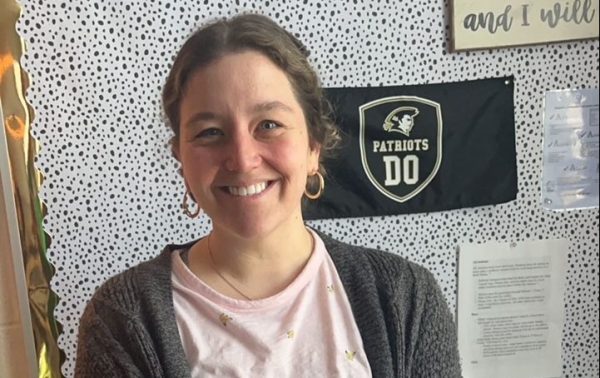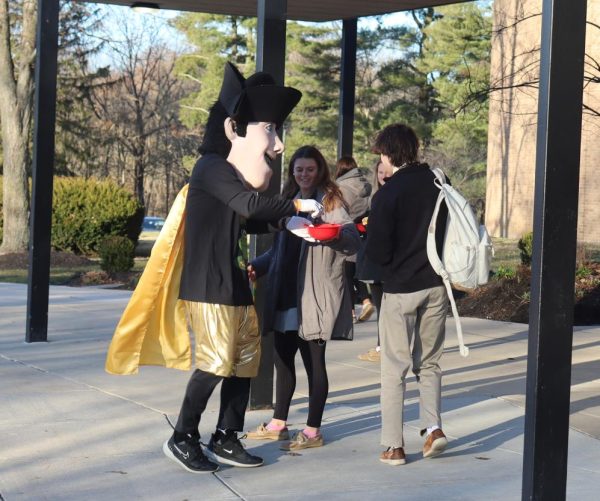Senior class nears end of college process
Every year, high school seniors take a deep breath of relief after finishing their painstaking applications to college, finally wiping their hands of the dreaded “college process.” But this momentary emotional respite is soon rudely interrupted by a task almost as daunting as writing the perfect college essay—waiting.
As of February 18, 1,068 applications had been sent out by the class of 2010. This number is a jump from the previous year’s statistic of 770 total applications sent out by the class of 2009. Guidance counselor Carol Heflin attributes this fact to the fact that the class of 2010 is larger, with 231 students, versus the class of 2009, with 184 students.
“Also what’s happening is that kids are applying to more schools. It’s not unusual for a kid to apply to 12 schools these days,” Heflin said.
The Guidance Department was under more pressure than ever this fall. In addition to the highest number of applications they’ve ever received, Loyola University and the University of Maryland, two popular Maryland colleges among JC students, made their deadlines earlier.
“University of Maryland changed its deadline from December 1 to November 1, and Loyola’s went from November 15 to November 1. That meant two huge schools that traditionally we didn’t have to deal with in October,” Heflin said.
Heflin felt confident that the Guidance Department would be facing smaller applications in the future, however. “Things are going to change. Whereas we have 231 seniors, we have only 189 freshmen. Around 165-170 students are expected for [the freshman class] next year.” Next year, the Guidance Department will be dealing with 211 seniors.
The entire country is facing a similar peak in applications with the promise of fewer in the future. “2009-2010 is supposed to be the top of the population curve. The general population of young people is decreasing,” said Heflin.
However, as it is now, colleges are not only faced with more options than ever as to whom they can admit. JC students have even begun to feel this effect.
University of Maryland, for example, has become incredibly competitive, not only because of more students applying to college in general, but also because it “has gotten very popular nationally. With the economy being what it is, most parents are looking at in-state public options,” said Heflin.
With so many applicants and not enough space to fit them all, UMD has begun a system which Heflin calls a “generous offer.” Instead of rejecting the students it theoretically should, the school is granting some students second semester admission. This means that for the first semester, the student would take classes at non-peak times (such as 8:00 in the morning) and live off campus. In the second semester, he or she could come live on campus. In the second semester, space will be more available due to transfer students and December graduates leaving the school.
With so much competition, many JC students are worrying over their college options. Senior Emily Luft, who is still waiting for a response from her top two schools, the College of William and Mary and the American University, said “It makes me nervous because I really want to get into them, and I really want to know now.”
Senior Jackie Truitt, on the other hand, has already been accepted into the four schools she applied to. “I applied early to Lenoir-Rhyne University and got into that over the summer. It was really nice to know I was in somewhere before I started the process with everyone else,” Truitt said.
Still, even with the increased competition, “We’ve been fortunate that so far the kids have been getting into the colleges they want to,” said Heflin.
Charlotte Hagerman can be reached for comment at [email protected].





